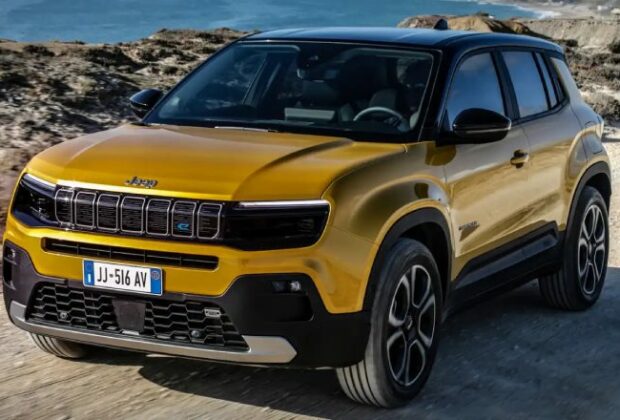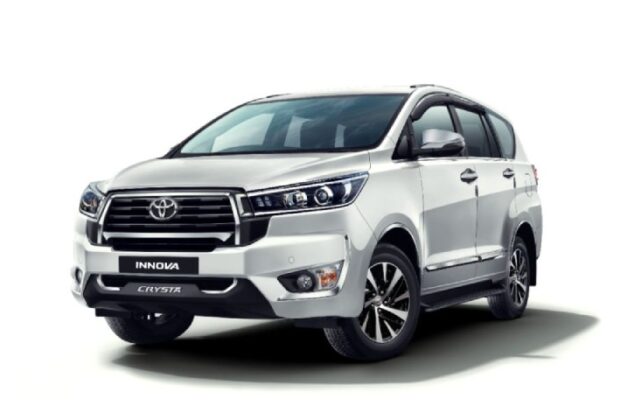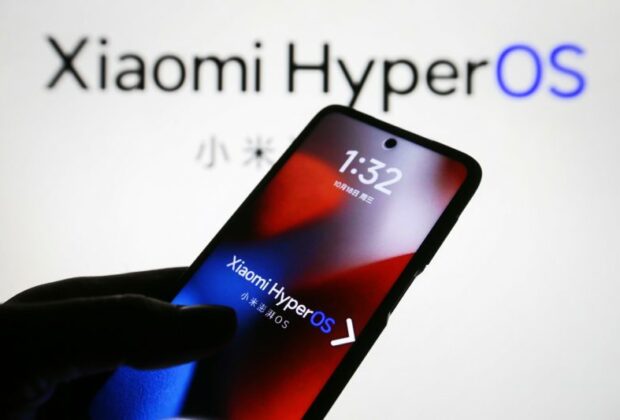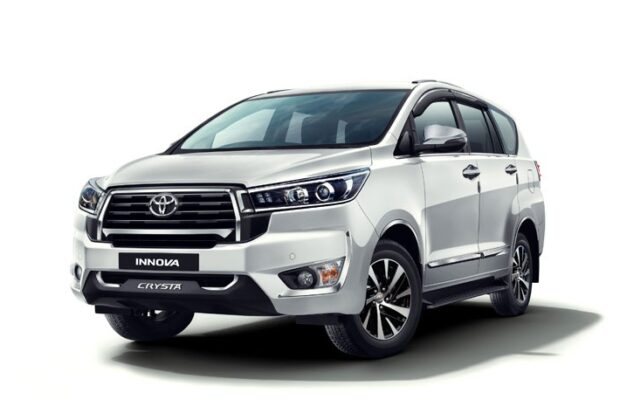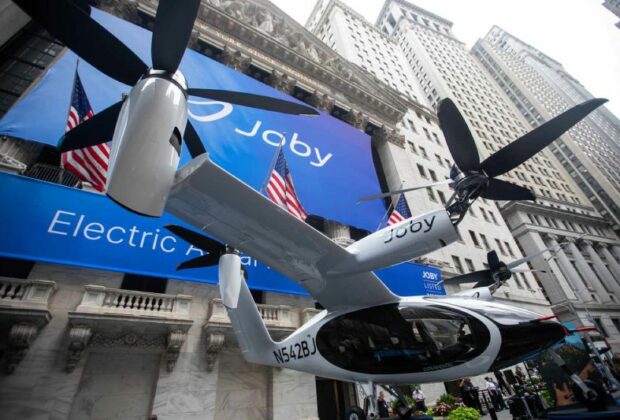Two recent studies demonstrate how the various biological clocks in our bodies work together to maintain tissue function and slow down the aging process. Our bodies are constantly synchronizing with each other and with the external environment.
The study focuses on two types of circadian clocks: the peripheral circadian clocks, which are dispersed throughout the body and regulate the timing of cellular activities in muscles, organs, and skin, and the central circadian clock, which is the main brain clock regulated by the suprachiasmatic nucleus (SCN).
Processes such as DNA repair, metabolism, mitochondrial activity (energy management), and the natural cell cycle can all be maintained in balance as long as there is communication between the central clock and a peripheral clock during the day.
An important step toward maintaining the healthiest elements of our bodies longer as we age might be taken if these mechanisms are further investigated and managed.
According to Pura Muñoz-Cánoves, a biologist at Pompeu Fabra University in Spain at the time of the research, “our study reveals that minimal interaction between only two tissue clocks, one central and the other peripheral, is needed to maintain optimal functioning of tissues like muscles and skin and to avoid their deterioration and aging.”
The study includes two related studies that were released at the same time. The first, published in Science, demonstrated how reestablishing the harmony between the brain and muscle clocks guards against muscular atrophy and loss of strength and function through mouse trials.
In the second study, the researchers examined the mouse skin’s circadian clock in Cell Stem Cell. Once more, the proper operation of this clock depended on the central clock; in the absence of that control, certain processes, such as DNA replication, occurred at inappropriate times.
However, the study discovered that the peripheral clocks do have some autonomy: they can still monitor 24-hour cycles and control a little portion of cell processes. Furthermore, it has been demonstrated that limiting the mice’s feeding schedule to specific periods of the day when the brain clock is not present improves the ability of peripheral clocks to function independently.
According to Aznar Benitah of the Institute for Research in Biomedicine Barcelona in Spain, “it is fascinating to see how synchronization between the brain and peripheral circadian clocks plays a critical role in skin and muscle health, while peripheral clocks alone are autonomous in carrying out the most basic tissue functions.”
The majority of biological activities, including digestion and sleep, are dependent on the circadian rhythms that our bodies follow throughout the course of a day. When they are disturbed—by jet lag or working nights, for example—seriously detrimental effects on health may ensue. To understand health, one must comprehend this timekeeping.
The researchers behind these two experiments believe that their work has the potential to help sustain physical performance even if aging causes wear and tear on the skin, muscles, and central nervous system.
“The next step is to identify the signaling factors involved in this interaction, with potential therapeutic applications in mind,” adds Muñoz-Cánoves.
Read Full Article



